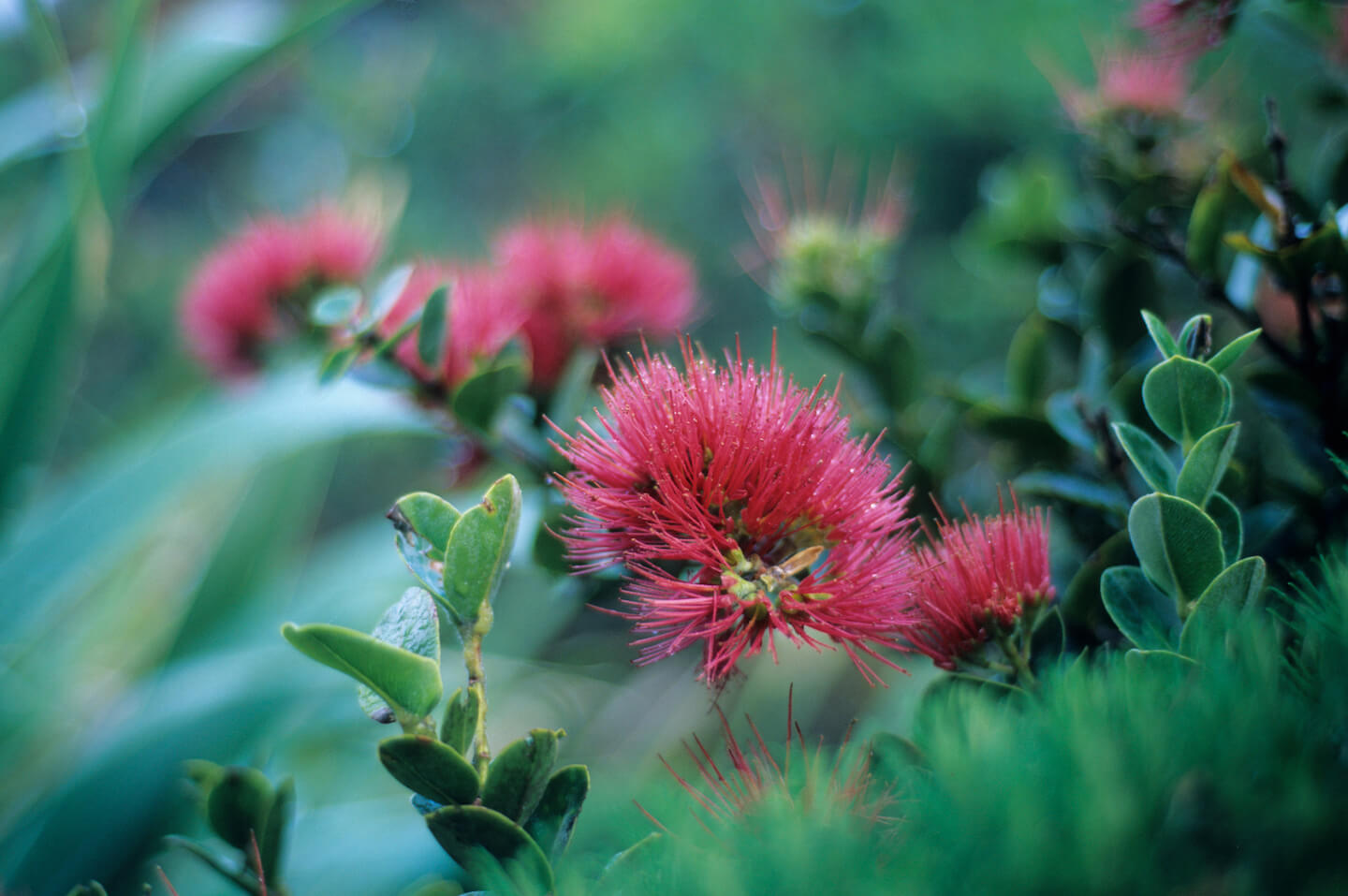
Endemic Species
Lord Howe Island is considered to be an outstanding example of an island ecosystem developed from submarine volcanic activity.

The island’s isolation and its varied landscape of mountains, valleys, hills, lowlands and sea-cliffs have resulted in a diverse array of habitat types supporting many distinctive flora and fauna groups. Vegetation ranges from exposed coastal grasses and heath to lush mossy rainforest, shrouded in mist.
Lord Howe Island is home to a variety of unique and endemic species:
- The island has recorded 241 species of indigenous plants of which 113 (47%) are found nowhere else in the world. Lord Howe hosts four species of palms, the most famous of which is the Kentia Palm.
- 207 different bird species have been recorded on Lord Howe, 32 of which breed on the island, including the endangered Woodhen. A further 15 bird species are regular visitors to Lord Howe.
- Lord Howe is also reputed to have more seabird species breeding in higher numbers than anywhere else in Australia.
- More than 1,600 terrestrial insect species have been recorded, of which approximately 60% are found nowhere else in the world.
- One of the most spectacular insects is the Lord Howe Island Phasmid, a large stick insect – thought to be extinct, but rediscovered in recent years on Balls Pyramid.
- Lord Howe’s underwater world is equally rich and diverse, with new species being regularly discovered. The island’s waters play host to over 500 species of fish and 90 different coral species.
Follow us on
instagram
Stay UP TO DATE
Subscribe now and receive the latest Lord Howe Island news and stay up to date.



















